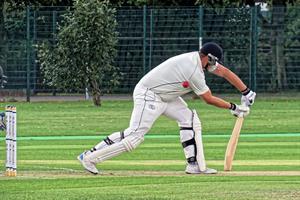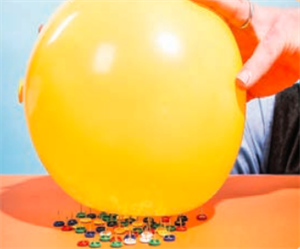PDF chapter test TRY NOW
In our daily lives, we come across a variety of objects. Some of them are moving, while others are stationary. For example, when a ball is kicked, it moves from its resting position. Similarly, when we push or pull still objects, they start to move. Force is the name given to this push or pull.
Pressure is created by force acting in a specific area. For example, when we hammer a nail into the wall, a pressure is applied. All solids, gases, and liquids exert pressure. The pressure exerted by liquids and gases is used in a variety of disciplines. Liquid pressure is what makes hydraulic lift, and hydraulic brake operate.
You will learn about force and pressure in this session. We will also learn about surface tension, viscosity, and friction.
Force is defined as an external agency that changes or tends to change the state of rest or the state of uniform motion of a body or the direction of a moving body or body shape.
Force is a vector quantity, which has magnitude and direction. It is measured by a unit called '\(newton\)' (\(N\)).
Types of force
Contact force:
The forces which act on a body when they are in physical contact are called contact forces.
Example:
Pushing a chair, Pressing a calling bell
Non-Contact force:
The forces experienced by a body when they are not in physical contact are called non-contact forces.
Example:
Falling of raindrops, Attraction between magnets
Effects of force
Examine a batsman's strokes in a cricket match. The striking force on the cricket ball must be larger if he wants to hit the ball to the boundary. As a result, more the force you apply to a body, the bigger its influence.

A batsmen striking the ball
Activity to understand pressure:
- Arrange a matrix of sharp pins in rows and columns on a wooden board.
- Take a large inflated balloon.
- Place a small book on top of the balloon and carefully place it over the pins.
- Is the balloon going to pop?
- Will the balloon gets pricked by the pins?

A blown-up balloon will rupture if pricked with a single pin. Despite the fact that there were many more pins pricking the balloon, this did not happen. A single pin exerts a lot of force over a limited region. When a large number of pins pierce a body, however, each pin exerts very little pressure on the balloon because the exerted force is dispersed over the body's huge surface area. As a result, the balloon will not burst.
Thus, we can deduce that the influence of a force is proportional to its size and the region over which it works. Thrust is the force acting perpendicularly on any given surface area of a body. The unit \(newton\) is used to measure thrust.
Reference:
https://www.flickr.com/photos/150012178@N06/50043706688/
